Macro Tubes on a Sony A7II
by Tom Le Vine
Hi Steve!
Wanted to share some thoughts on shooting macro without a macro lens. I live in South Africa where there is plenty of interesting subject matter for macro shooting, both flora and fauna. I shoot with a Sony A7II and a 55mm f1.8 Zeiss lens. I’m a hobbyist and it’s the only lens I own, I struggle to justify spending on another lens. So even though one lens can be very limiting, it forces you to really think about composition and what you can and can’t hope to achieve with your setup…which in turn I believe makes you a better photographer. Anyways, back to macro.
I previously had an OM-D E-M5 mk1 with a PanLumix 20mm 1.7. Loved the camera, loved the lens. But when it came to DOF and DR it just fell short of what I wanted, so I changed to the Sony.
The image quality and versatility of that camera and lens setup meant I could capture some pretty good macro shots. I just had to crop a lot. For example:
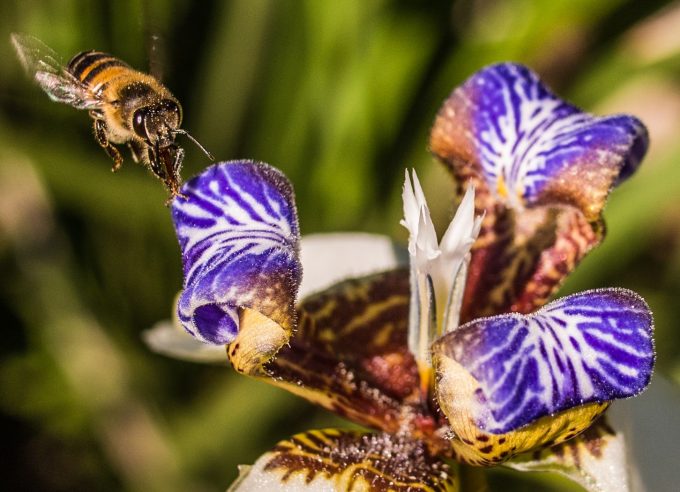
Not bad for a not-macro lens. But as soon as you try and make this bigger (even for a desktop wallpaper), that’s when it shows its limitations.
Now to the Sony.
I tried ‘macro’ shots with it, but really struggled to get the focus I wanted. I think this was because of the focal length. Even the extra bulk (relatively speaking) of the Sony system made it a little harder to keep it steady and sharp.
The cheapest solution I figured was macro extension tubes. I had tried them before on my OM-D with an old 50mm OM lens and had different degrees of success, but mostly ended up with very soft images. I opted for a macro tube like this one:
It cost about 20USD and had electronic connectors to maintain the AF etc.
So far, so good. It has taken a bit of practice to get something I am happy with but it does what it says and allows you to keep focus and get much closer to the subject than the 55mm lens would allow me to. I use the lens and camera in full M mode. Shutter speed, ISO, aperture and focus all need to be controlled manually for best results. I did try with just controlling aperture manually but found the ISO would be way higher than it needed to be or the shutter speed way slower than it needed to be. I use the camera handheld (sometimes I use a gorillapod almost like a handheld tripod, which I find helps reduce shake). I still miss focus and still miss good shots because of not getting the manual settings quite right. But with minimal cropping and some slight colour adjusting in LR I end up with really large images that capture a feel of macro without the extra expense.
One further thought is that the DOF with the tubes is really shallow. So you inevitably can’t shoot as wide open as you might like for a faster shutter. You either compromise getting the focus right or getting some movement blur. It takes some tweaking to find a sweet spot.
Anyways, here are some shots with the Sony A7II with the 55mm 1.8 Zeiss and both 16mm and 10mm macro tube attached.
Thanks for looking
Tom LeVine

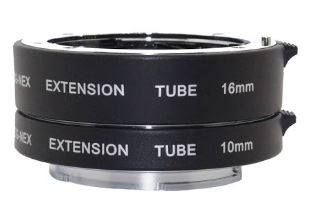
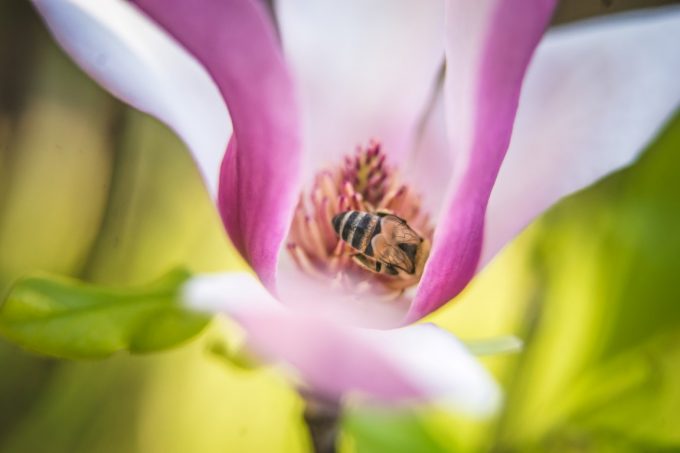
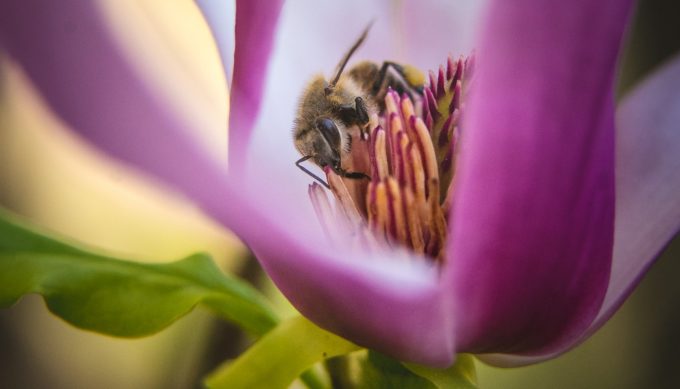
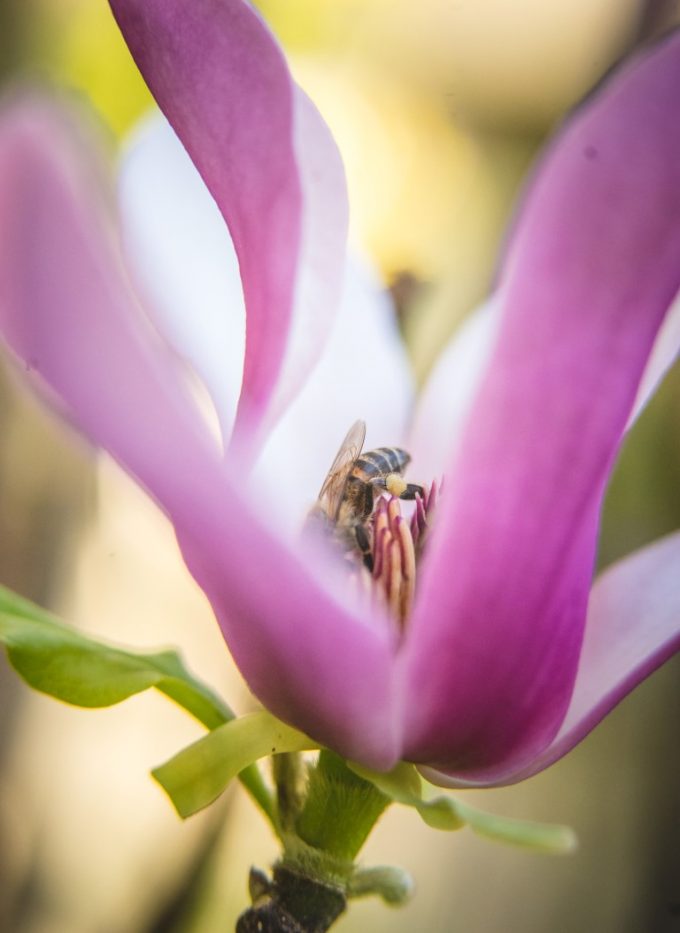


I have same set up and continental location as you. A7II, 55/1.8, extension tubes <$20 and live in Africa. You have some great macro shots, I just need to match you in that aspect – thanks for the inspiration.
I have used the reverse ring adaptor for macro. It was fun. I currently use AF extension tubes with the Sigma 30mm 2.8 with good results.
Hello Tom,
thank you for your interesting post.
I have also bought recently extension tubes and testing the possibilities.
I bought the DG-Nex extention tubes that support AF. But actually its more easy to use manual focus and peaking. I have the Sony A7 and my only AF lens is the FE 50mm 1.8.
I wonder what the benefits of a dedicated macro lenses are in comparison to extension tubes ?
Your expensive lens is too tedious for macro. Have you thought about getting a vintage lens and adapter? I have a Leica Summar 5cm f/2 (1937) with m39x1 adapter then fitted to a M to E mount. The slight extension reduces the min. focus distance down to about 26 inches…adding your 10mm extension tube will bring you even closer. The system is manual focus but achieves ultrasharp and good contrast photos at f/2.8 with very little peripheral light falloff. Not as fast as your f/1.8 but a bit lighter and easier to handhold and does well with small tripods.
The lens was $185 and weighs 177g. 2 tiny adapters were $98 and about 50g…and you already have extension tubes. It may be the smallest 50mm setup for full frame. The setup weights less than 240g. The best part is that this vintage lens has amazing character when not shooting macro.
I have 2 other vintage lenses…and unless you are a pro, for some photos you really cannot tell which photos were taken with them vs my new leica summicron 50mm.
I have had amazing results with used lenses….but as always, your experiences may vary.
These are great! I also have Sony A7II and Sony Zeiss 55mm f1.8. I might give these extension tubes a try.
What brand of macro tube did you use. I would like to try it on my A7II
These are fabulous.
No need to “struggle” with a “a not-macro lens.” Used the wonderful Nikon 55mm f3.5 auto micro Nikkor as my primary lens for many decades starting in the 1960’s, and these can still be readily purchased used for $40-$50+ and easily adapted to your Sony camera. Should you wish the best of the more modern lenses and be able to afford 50-100 times more for an apochromatic macro lens, highly recommend the superb Leica APO-Macro-Elmarit-R 100mm f/2.8, Cosina Voigtländer Macro APO-Lanthar 125mm f/2.5 SL, or Jenoptik CoastalOpt 60mm f/4, UV-VIS-IR SLR APO Macro.
Very interesting. Thanks for sharing!